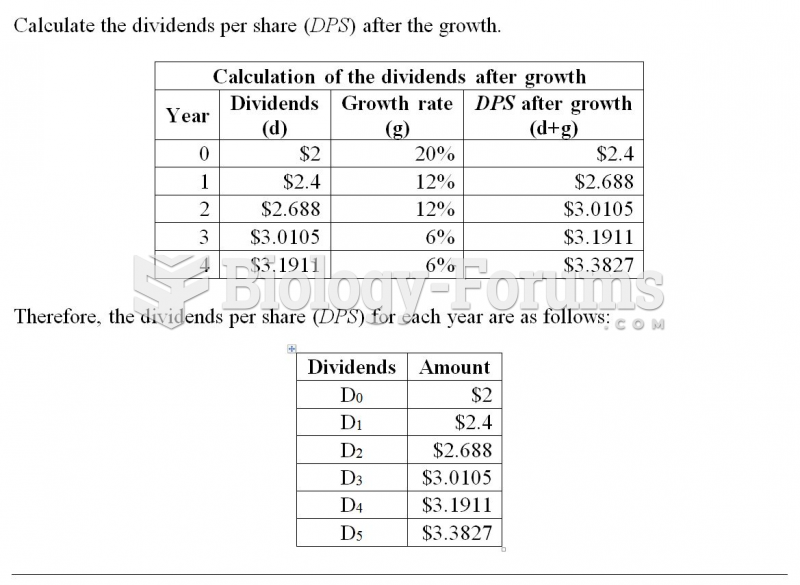In SEC v. Ginsburg, Ginsburg was CEO of a company that merged with another company, and he told his relatives that the merger might occur. Knowing that the stock price might then rise, the relatives bought stock in the company and profited. Ginsburg was prosecuted by the SEC for insider trading. The appeals court held that:
a. there was not enough evidence to reasonably permit the inference that Ginsburg conveyed nonpublic information to his family members, so he was not liable for securities fraud
b. Ginsburg did not use the information himself so there was no fraud
c. Ginsburg did not have a fiduciary obligation to the company, so could not be guilty of insider trading
d. Ginsburg had a fiduciary obligation to the company, but his conduct could not be proven to have violated it e. none of the other choices are correct
Question 2
Mitigation of Damages. William West, an engineer, worked for Bechtel Corp, an organization of about 150 engineering and construction companies, which is headquartered in San Francisco, California, and operates worldwide. Except for a two-month period in 1985, Bechtel employed West on long-term assignments or short-term projects for thirty years. In October 1997, West was offered a position on a project with Saudi Arabian Bechtel Co (SABCO), which West understood would be for two years. In November, however, West was terminated for what he believed was his age and lack of display of energy. After his return to California, West received numerous offers from Bechtel for work that suited his abilities and met his salary expectations, but he did not accept any of them and did not look for other work. Three months later, he filed a suit in a California state court against Bechtel, alleging in part breach of contract and seeking the salary he would have earned during two years with SABCO. Bechtel responded in part that, even if there had been a breach, West had failed to mitigate his damages. Is Bechtel correct? Discuss.







